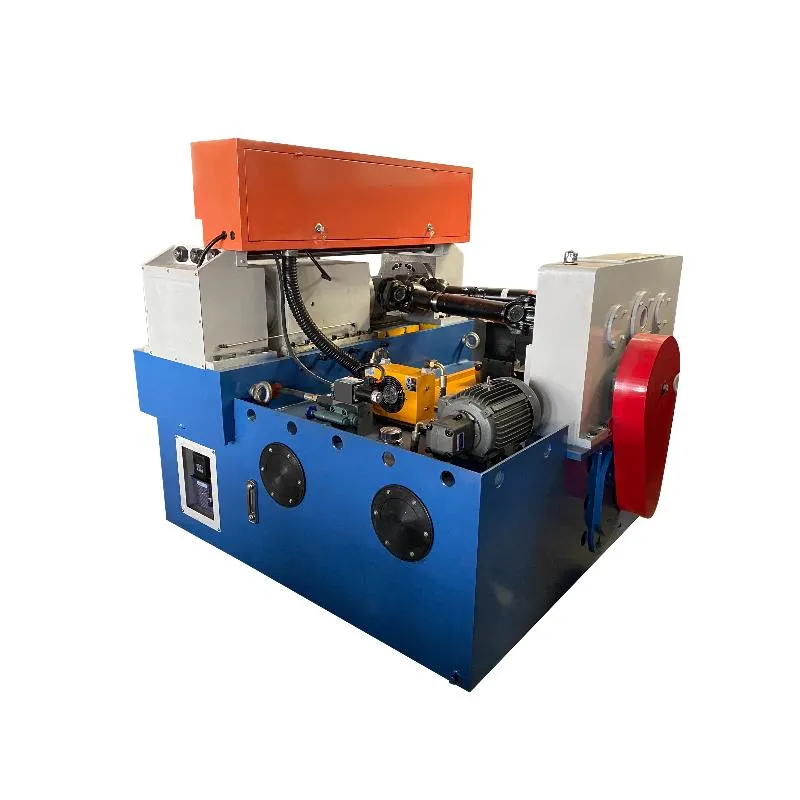
-
 Afrikaans
Afrikaans -
 Albanian
Albanian -
 Amharic
Amharic -
 Arabic
Arabic -
 Armenian
Armenian -
 Azerbaijani
Azerbaijani -
 Basque
Basque -
 Belarusian
Belarusian -
 Bengali
Bengali -
 Bosnian
Bosnian -
 Bulgarian
Bulgarian -
 Catalan
Catalan -
 Cebuano
Cebuano -
 Corsican
Corsican -
 Croatian
Croatian -
 Czech
Czech -
 Danish
Danish -
 Dutch
Dutch -
 English
English -
 Esperanto
Esperanto -
 Estonian
Estonian -
 Finnish
Finnish -
 French
French -
 Frisian
Frisian -
 Galician
Galician -
 Georgian
Georgian -
 German
German -
 Greek
Greek -
 Gujarati
Gujarati -
 Haitian Creole
Haitian Creole -
 hausa
hausa -
 hawaiian
hawaiian -
 Hebrew
Hebrew -
 Hindi
Hindi -
 Miao
Miao -
 Hungarian
Hungarian -
 Icelandic
Icelandic -
 igbo
igbo -
 Indonesian
Indonesian -
 irish
irish -
 Italian
Italian -
 Japanese
Japanese -
 Javanese
Javanese -
 Kannada
Kannada -
 kazakh
kazakh -
 Khmer
Khmer -
 Rwandese
Rwandese -
 Korean
Korean -
 Kurdish
Kurdish -
 Kyrgyz
Kyrgyz -
 Lao
Lao -
 Latin
Latin -
 Latvian
Latvian -
 Lithuanian
Lithuanian -
 Luxembourgish
Luxembourgish -
 Macedonian
Macedonian -
 Malgashi
Malgashi -
 Malay
Malay -
 Malayalam
Malayalam -
 Maltese
Maltese -
 Maori
Maori -
 Marathi
Marathi -
 Mongolian
Mongolian -
 Myanmar
Myanmar -
 Nepali
Nepali -
 Norwegian
Norwegian -
 Norwegian
Norwegian -
 Occitan
Occitan -
 Pashto
Pashto -
 Persian
Persian -
 Polish
Polish -
 Portuguese
Portuguese -
 Punjabi
Punjabi -
 Romanian
Romanian -
 Russian
Russian -
 Samoan
Samoan -
 Scottish Gaelic
Scottish Gaelic -
 Serbian
Serbian -
 Sesotho
Sesotho -
 Shona
Shona -
 Sindhi
Sindhi -
 Sinhala
Sinhala -
 Slovak
Slovak -
 Slovenian
Slovenian -
 Somali
Somali -
 Spanish
Spanish -
 Sundanese
Sundanese -
 Swahili
Swahili -
 Swedish
Swedish -
 Tagalog
Tagalog -
 Tajik
Tajik -
 Tamil
Tamil -
 Tatar
Tatar -
 Telugu
Telugu -
 Thai
Thai -
 Turkish
Turkish -
 Turkmen
Turkmen -
 Ukrainian
Ukrainian -
 Urdu
Urdu -
 Uighur
Uighur -
 Uzbek
Uzbek -
 Vietnamese
Vietnamese -
 Welsh
Welsh -
 Bantu
Bantu -
 Yiddish
Yiddish -
 Yoruba
Yoruba -
 Zulu
Zulu
Exploring the Manufacturing Process of Thread Rolling Machines in Industrial Settings
The Role of Thread Rolling Machines in Modern Factories
In the realm of manufacturing, efficiency, precision, and quality are paramount, especially in the production of fasteners and threaded components. One of the key technologies that fulfill these requirements is the thread rolling machine. This innovative piece of equipment plays a crucial role in factories where high volumes of threaded parts are produced.
Understanding Thread Rolling
Thread rolling is a cold-forming process that provides stronger and more precise threads compared to traditional cutting methods. In this process, the raw material, usually in the form of a round bar, is placed between two dies with the reverse image of the thread profile. As the machine rolls the material against these dies, the threads are formed through plastic deformation, a method that ensures greater density and toughness.
Advantages of Thread Rolling Machines
1. Enhanced Strength One of the primary benefits of thread rolling is the increase in tensile strength. The rolling process aligns the grain structure of the material, allowing for superior performance under stress. This characteristic is especially vital in industries such as automotive and aerospace, where the reliability of components can be a matter of safety.
2. High Production Rates Thread rolling machines are capable of producing large volumes of threaded components in a relatively short time. This efficiency is essential for manufacturers who must meet large orders with tight deadlines. For instance, a modern thread rolling machine can produce thousands of parts in mere hours.
3. Cost-Effectiveness The reduced machining time and lower material waste associated with thread rolling translate into significant cost savings. Since the process does not require the use of cutting tools, wear and tear are minimized, leading to lower maintenance costs.
thread rolling machine working factories

4. Precision and Consistency Modern thread rolling machines are equipped with advanced controls and automation systems that ensure that each thread is produced consistently and accurately. This feature is crucial for applications where precise specifications must be met.
5. Reduced Material Waste Unlike cutting processes, which remove material to create threads, thread rolling shapes the material without substantial waste. This aspect not only reduces costs but also aligns with contemporary sustainability goals in manufacturing.
Applications in the Manufacturing Sector
Thread rolling machines find extensive applications across various industries. In the automotive sector, they are used to create a multitude of components such as bolts, nuts, and studs. The medical industry also benefits from thread rolling in the production of fasteners that require high precision and reliability. Other sectors, including electronics and construction, leverage thread rolling for the manufacturing of durable threaded items.
Technology and Innovation in Thread Rolling
As technology progresses, thread rolling machines have become increasingly sophisticated. Features such as computer numerical control (CNC) enhance the accuracy and flexibility of manufacturing processes. Additionally, innovations in die materials and design, improved lubrication systems, and automation enable manufacturers to adapt quickly to changing production demands.
Conclusion
In conclusion, thread rolling machines are a cornerstone of modern manufacturing practices, offering durability, efficiency, and precision in the production of threaded components. As industries continue to prioritize reliability and cost-effectiveness, the role of these machines in factories is only set to grow. With ongoing advancements, thread rolling technology will likely evolve, introducing even greater efficiencies and capabilities, thereby shaping the future of manufacturing. The thread rolling machine not only exemplifies the synergy between technology and production but also underscores the importance of innovation in maintaining competitiveness in today’s fast-paced industrial landscape.
